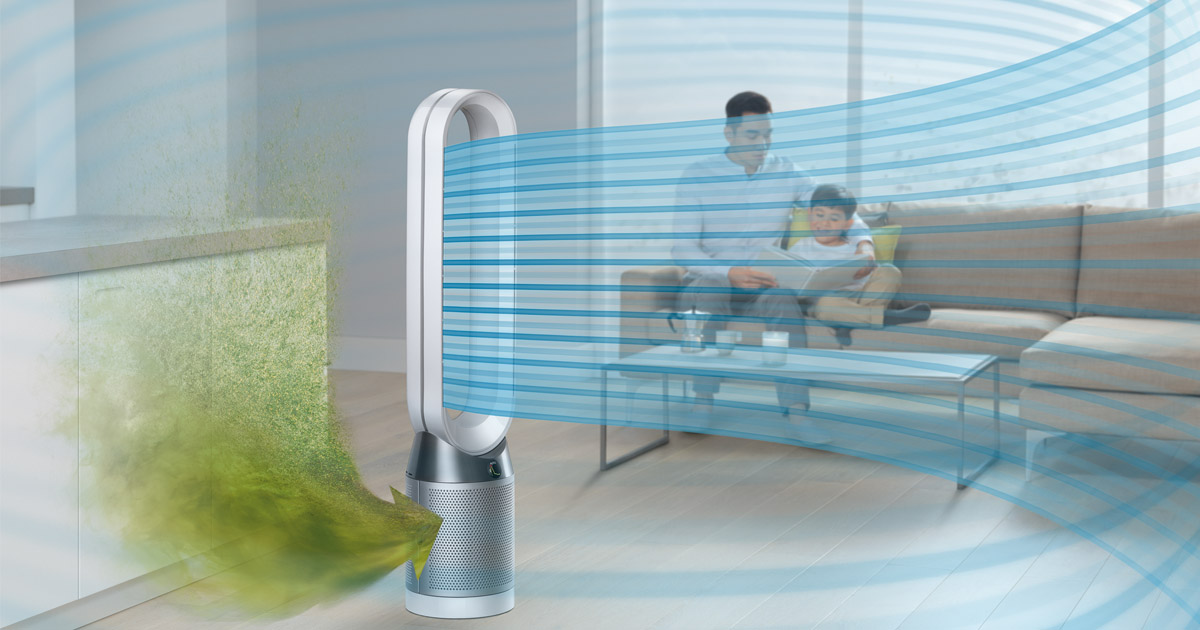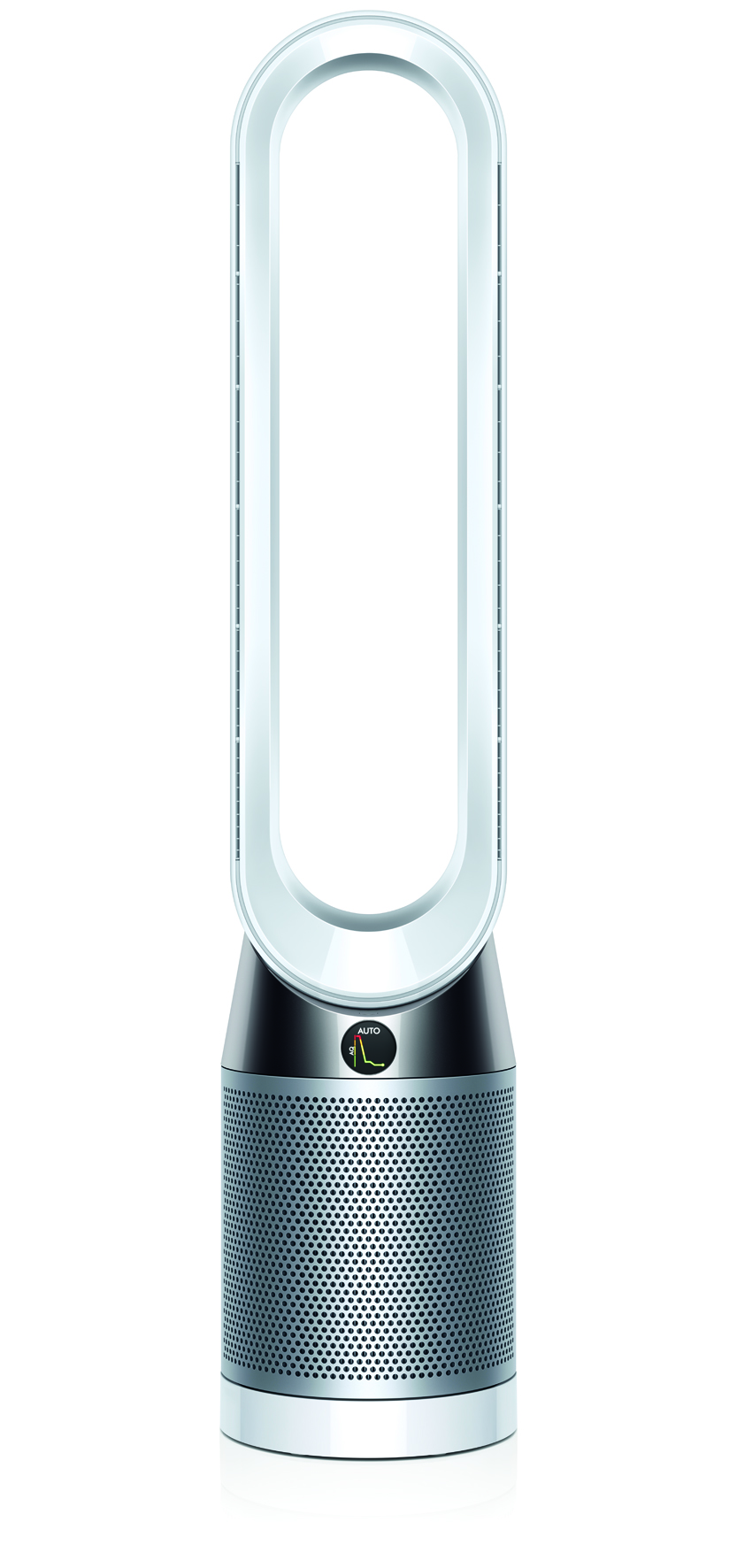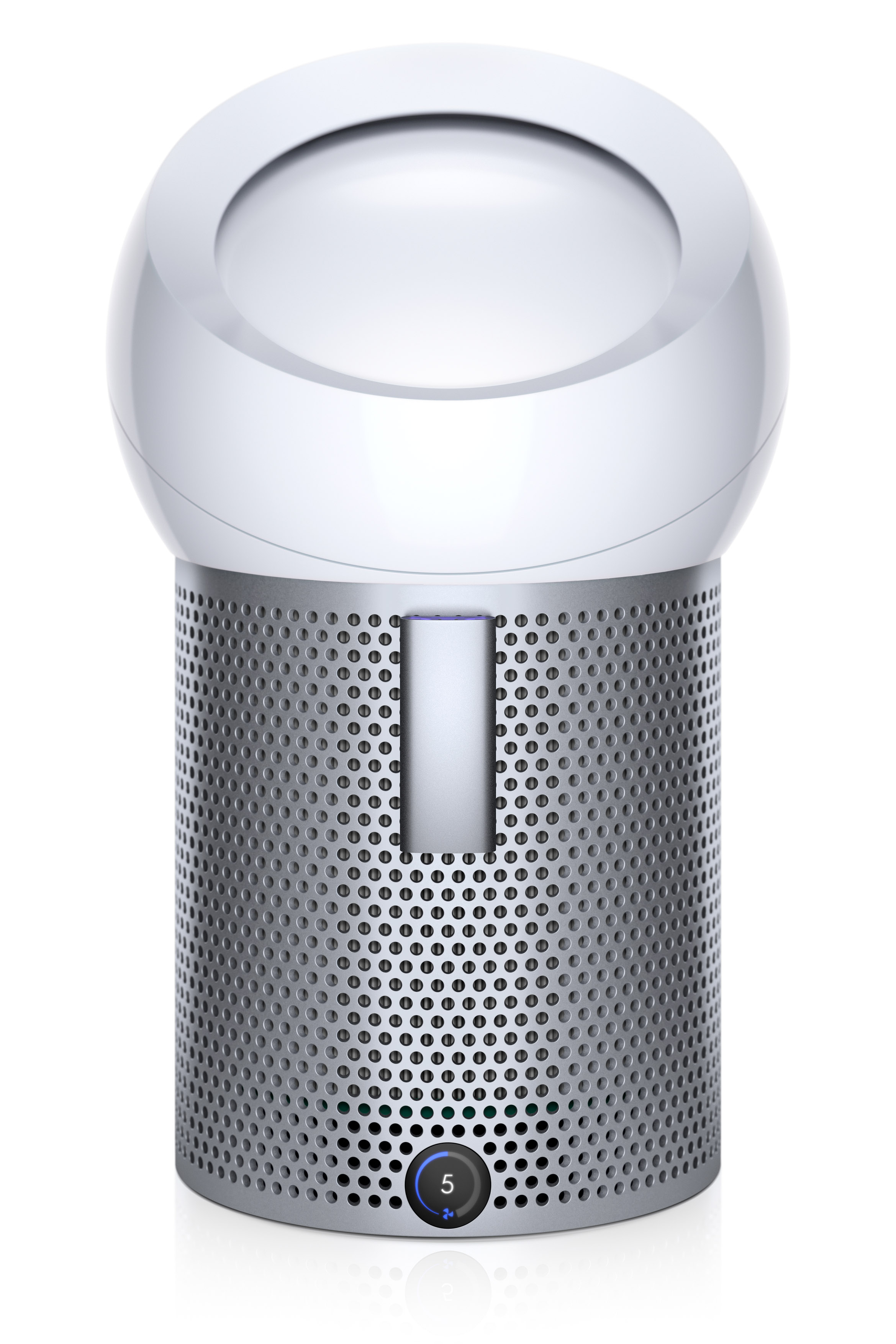Purifiers come in various shapes and sizes, remove different kinds of air pollutants in your homes, come with an array of specifications, and offer different features. Here are 3 areas to consider in helping you decide on what purifier to purchase.
1. Intelligent Sensing
Some purifiers offer sensing capabilities and are smart enough to respond by purifying the air automatically when pollutants are detected. To sense, a purifier needs on-board air quality sensors. It should also have software and electronics that will allow it to process that information and react intelligently to purify the air.
In real life, the only way to truly know how well an air purifier is working is to monitor the air quality. Some machines also come with digital displays that show the live indoor quality, and even the types and concentration levels of particles. This enables the user to understand air quality trends in their homes better.
2. Capturing: Efficient Filtration
Particles come in a range of sizes. The most commonly measured size is 2.5 microns. Particles of this size are referred to as PM2.5. Comparatively, PM0.1 is much smaller. Known as ultrafine particles, PM0.1 can be inhaled deeply into the lungs, deposited into alveoli to produce a host of harmful effects. Some purifiers can capture particles down to PM2.5, while others go beyond, and can trap particles as small as PM0.1.
There are multiple methods of filtration in purifiers to consider. Here are four examples.
Ultraviolet light uses electromagnetic radiation to destroy bacteria, viruses and mould. However, it does not remove dust, allergens or particles in the air.
Activated carbon filters react chemically with pollutants to clear smoke, odours and gases from the air, but alone do not filter out harmful fine particles.
Air ionisers work by sending out a stream of charged ions to attract dust and allergens. However, they can produce ozone as a by-product. Ozone is a respiratory irritant and a component of smog.
HEPA purifiers work by trapping pollutants and fine particle across a range of different sizes. These include pollen, bacteria, mould, dust mite debris and pet dander. They do not, however, remove volatile organic compounds such as formaldehyde, benzene or Nitrogen Dioxide. It is also worth noting that not all HEPA filters are created equal. Some are able to capture ultrafine particles, while others do not.
Some purifiers combine HEPA filters with activated carbon enabling them to remove both particulate matter and volatile organic compounds.
3. Projection: Whole-room Mixing and Circulation
Aside from sensing and capturing pollutants, some purifiers can help circulate purified air across the room. This can help in situations where purifiers are placed in the far corner, or the far end of a room. In order to support air circulation and to distribute purified air to people who are some distance away from the machine, some purifiers also double up as fans.
Dyson Pure Cool senses, cleans, and projects
The latest range of Dyson Pure Cool air purifiers has a unique algorithm that processes the input from three on-product sensors to the Dyson Link app and the new LCD in real-time. A particulate sensor uses lasers to measure and detect ultrafine particles. A separate sensor detects the amount of VOCs (Volatile Organic Compounds, such as benzene and formaldehyde, emitted from paint, burning candles and materials in furniture) and NO2 present. A third sensor measures relative humidity and temperature.
Additionally, the 360-degree fully-sealed filter system inside the Dyson Pure Cool purifying fan combines an activated carbon filter to remove gases, and a Glass HEPA filter that captures 99.95% of microscopic allergens and pollutants as small as 0.1 microns, including allergens, bacteria, pollen and mould. The carbon filter has been coated with Tris (Trishydroxymethylaminomethane) to increase the absorption efficiency, and remove gases including NO2, formaldehyde and benzene.
Finally, the Dyson Pure Cool features Air Multiplier technology and an expanded 350° oscillation, allowing it to project up to 360 litres of purified air per second to every corner of the room, which ensures proper and uniform purification. The unique and new diffused mode allows for purified air to be projected towards the rear of the machine as opposed to the front, which is a highly relevant feature for times when you don’t want the airflow to be directly blowing on you.
Consider if the purifier has been tested to POLAR test standards, which assesses the machine’s filtration efficiency, cleaning performance, and importantly its ability to project and mix purified air evenly across an environment.














